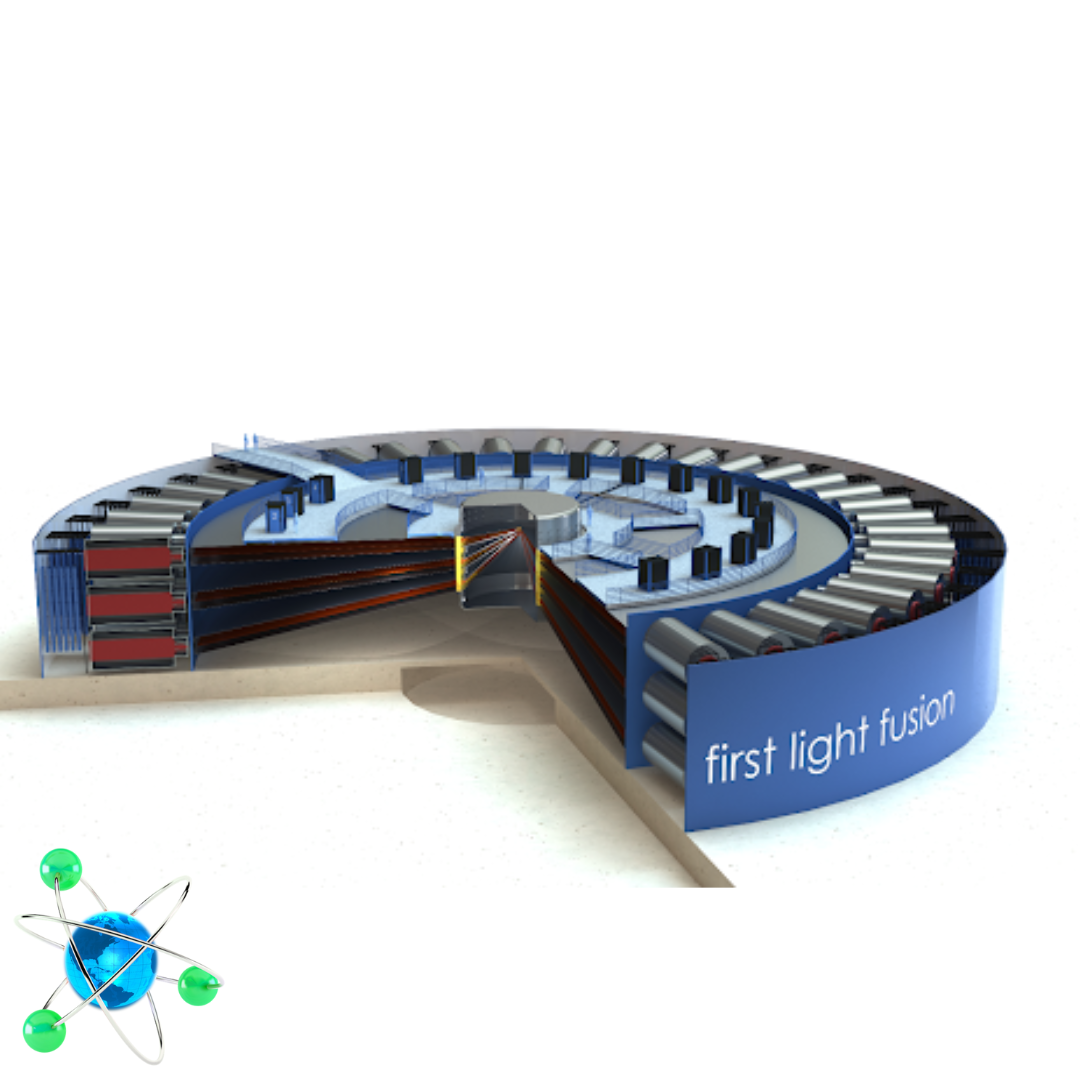
- The UK and Japan are deepening efforts in fusion energy commercialization, with First Light Fusion’s advanced inertial fusion technology at the forefront.
- After halting nuclear operations post-Fukushima, Japan is now partnering with the UK, leveraging its technological expertise to transition back to nuclear energy using innovative fusion methods.
- Both countries aim to achieve carbon neutrality and energy security, with Japan’s Fusion Energy Innovation Strategy highlighting collaboration and technological advancement as keys to future sustainable energy practices.
Sustainable energy developers from the United Kingdom and delegates from the Japanese government had a roundtable discussion on July 23rd, 2024 with aims to deepen collaborative efforts in fusion energy commercialization.
First Light Fusion, a nuclear fusion company based in Oxford, UK, is pioneering the world in inertial fusion. Only a little over 10 years ago, Japan suspended all the nuclear power reactors in the country and was almost entirely reliant on imported natural gas to generate electricity. Why is Japan now in talks with the UK regarding the commercialization of nuclear energy?
Once known as a stronghold, Japan was the third largest user of nuclear energy in the world, so what exactly made them fall to last place? Following the 2011 Fukushima disaster caused by the Great East Japan tsunami, Japan shut down all of their 48 nuclear reactors by 2013. The level 7 major accident was a huge deterrent and brought about many nuclear safety concerns: forcing Japan to put their nuclear revolution on pause for several years. They later resumed nuclear power generation in 2015, gradually replacing fossil fuels and reducing liquefied natural gas imports. Recent advances in inertial fusion, led partly by First Light Fusion, are now encouraging Japan to further embrace nuclear energy for reliable power generation.
Traditional inertial confinement fusion (ICF) generates energy by compressing and heating a small pellet of fusion fuel, typically deuterium and tritium, to initiate nuclear fusion. The main challenge is maintaining the extreme conditions required for fusion long enough to produce more energy than consumed. First Light Fusion proposes a unique solution with impact fusion, which uses a high-speed projectile to achieve fusion conditions. Their design includes an amplifier and a fuel capsule that enhance pressure and reduce the necessary projectile speed, making the process more efficient.
One major challenge, known as the “Standoff challenge,” is launching the projectile accurately at high speeds while keeping it intact upon impact. First Light’s Machine 3, an electromagnetic pulsed power device, has improved the standoff distance from 10mm to 10cm using an “electric gun” design, proving the feasibility of high-velocity impacts without melting the projectile. This advancement represents a critical milestone towards practical and efficient fusion energy.
First Light’s CFO David Bryon and senior board members recently showcased Machine 3 and other facilities to a Japanese delegation. First Light aims to leverage its unique amplifier technology by partnering with nuclear engineering companies and organizations with driver capabilities. Japan’s expertise in nuclear engineering makes this collaboration both foreseeable and exciting.
In Spring of 2023, the Japanese government had initiated its Fusion Energy Innovation Strategy, and declared fusion research a crucial component in becoming a carbon-neutral society. The strategy entails joining forces with countries like the United Kingdom to support the expedition of fusion as the energy source of the future.
The official document for the Fusion Energy Innovation Strategy lays out the stresses in the crude oil and natural gas industries caused by events such as Russia’s aggression against Ukraine in February 2022. Furthermore, due to Japan’s low self-sufficiency rate, the strategy seeks to fully transition from fossil fuels to clean energy sources to ensure energy security. This shift would address both energy problems and global environmental problems caused by fossil fuels simultaneously.
Seawater offers a promising pathway for accessible nuclear energy, as deuterium, a heavy hydrogen isotope, can be cheaply extracted from it. Just one liter of seawater can produce energy equivalent to burning 300 liters of oil. Tritium, another key fusion fuel, can be made from lithium, which is abundant in nature. Japan is leveraging lithium from soils and natural deposits to re-enter the nuclear energy arena. With 66% of the earth covered in seawater, Japan’s Fusion Energy Innovation Strategy suggests that countries can produce fusion fuel with the right technology, minimizing energy resource disparities.
This shift implies that energy dominance will transition from resource-rich countries to those with advanced technologies, making technology acquisition crucial for energy security. Japan, with its technological prowess and strong human resources, is well-positioned to partner with other nations in this field. Countries like the US and UK have already set national strategies for fusion energy commercialization, and global collaboration is seen as the fastest route to achieving practical fusion power.
The common goal for humankind is to reach carbon neutrality through renewable energy. With nuclear fusion, this is not only feasible, but it would only be the beginning. Nuclear energy is projected to propel space and deep sea exploration due to the large amounts of energy generated from only a small amount of fuel, unlocking new, uncharted possibilities for humanity. Given the bright future ahead, the cooperation between Japan and the UK exemplifies a significant step towards achieving sustainable global energy practices.
